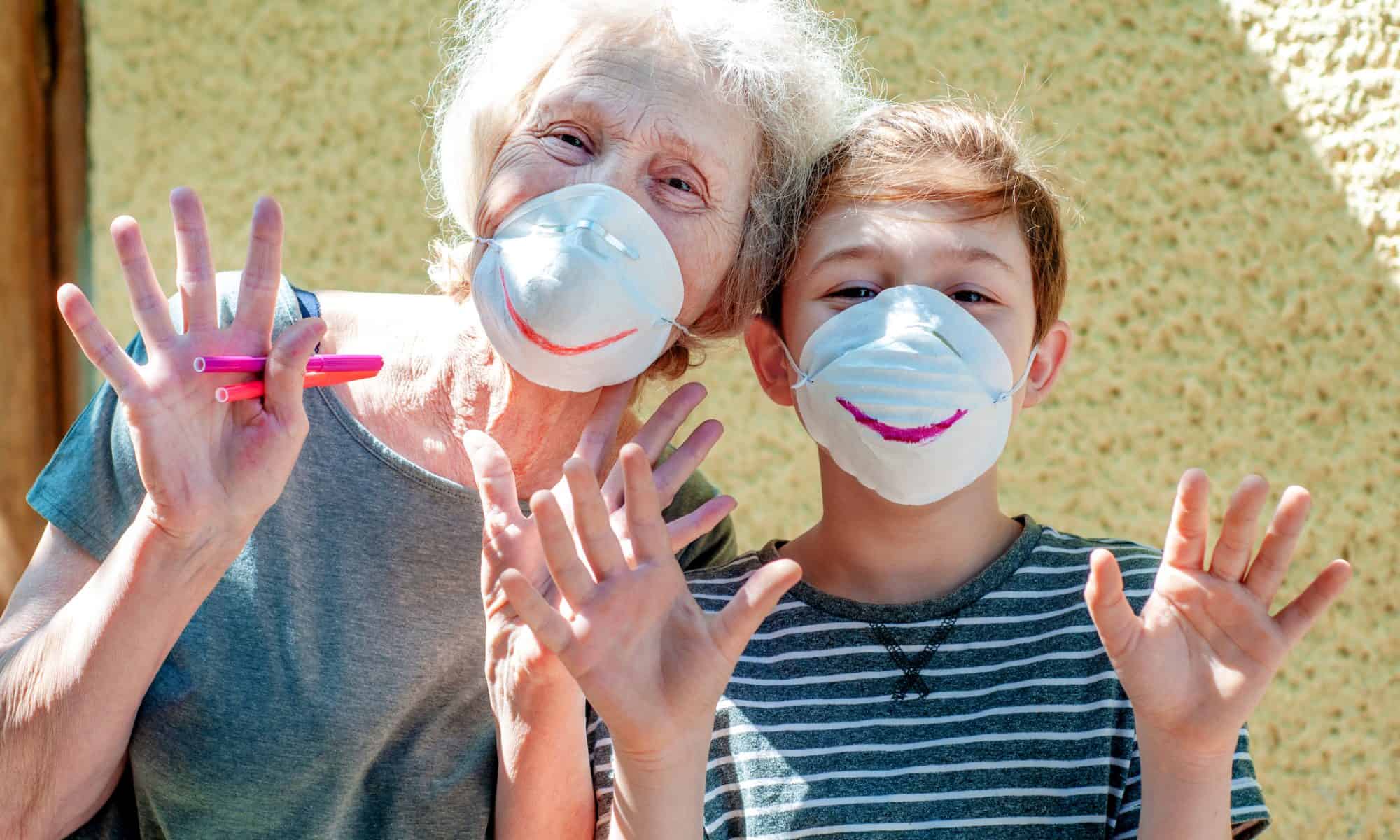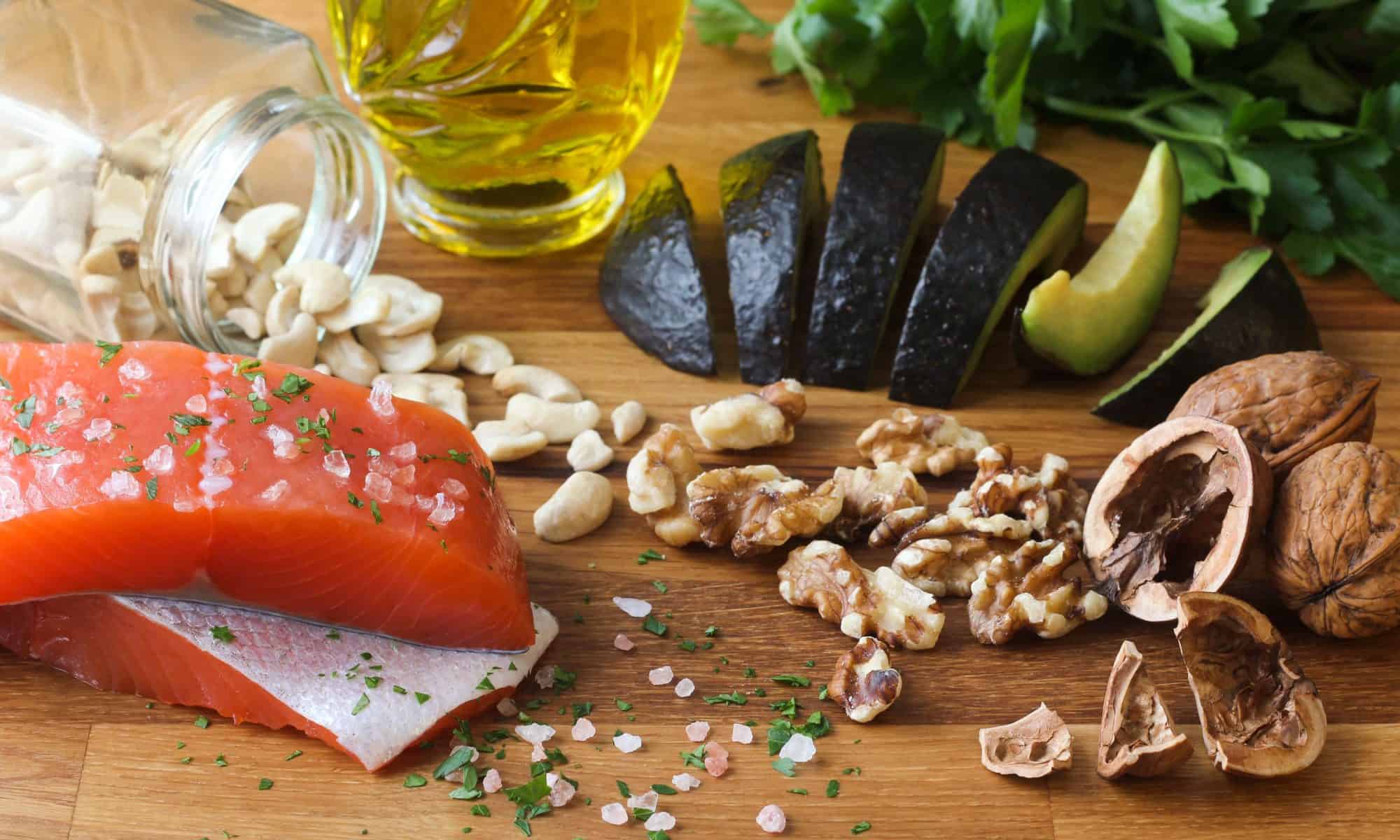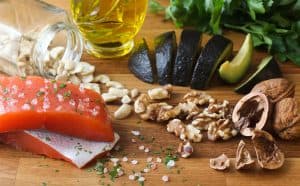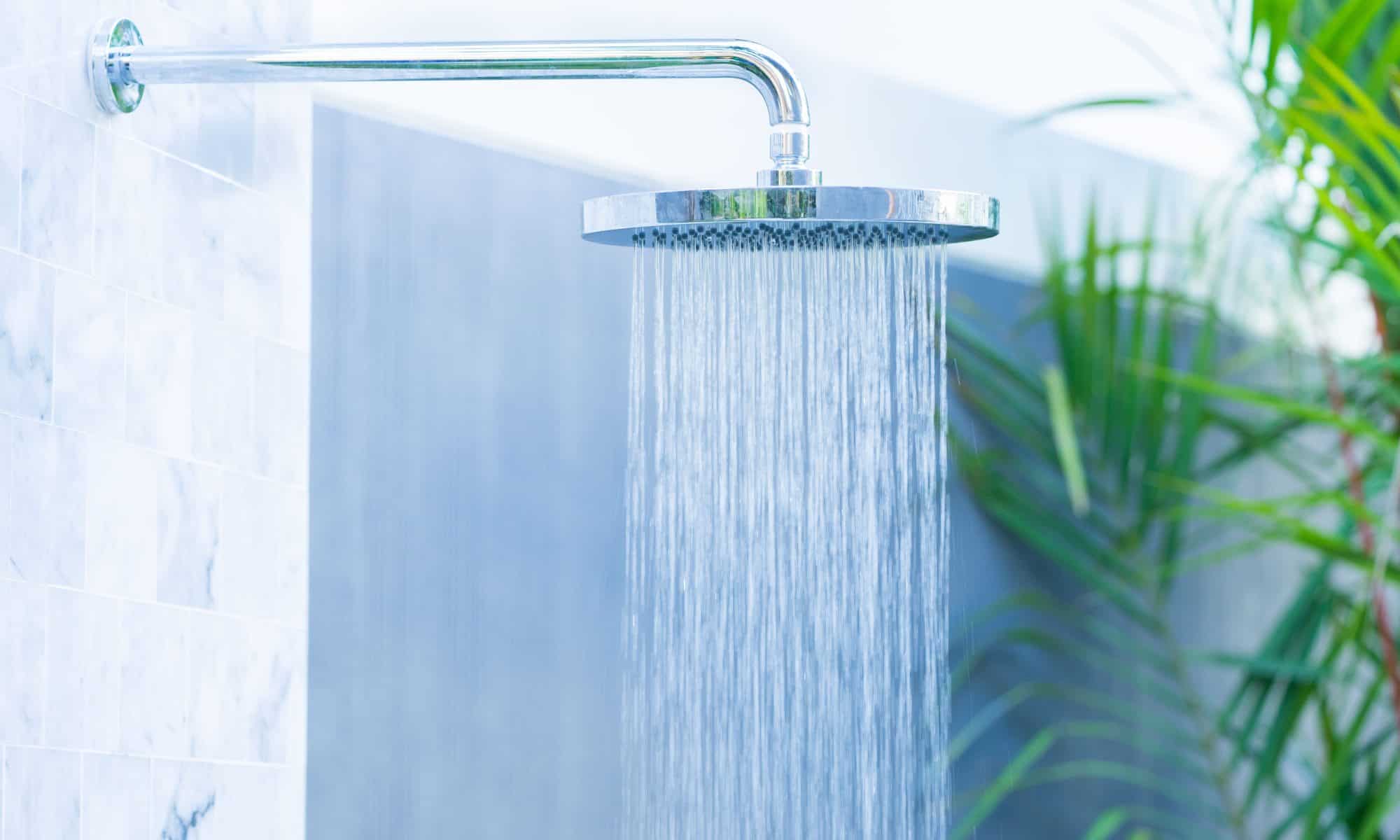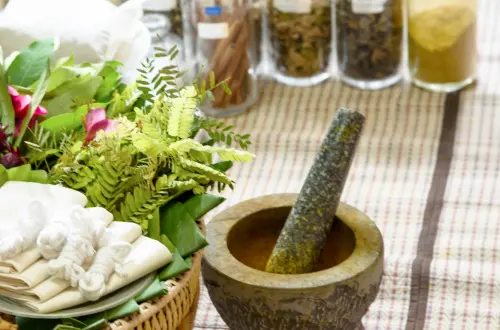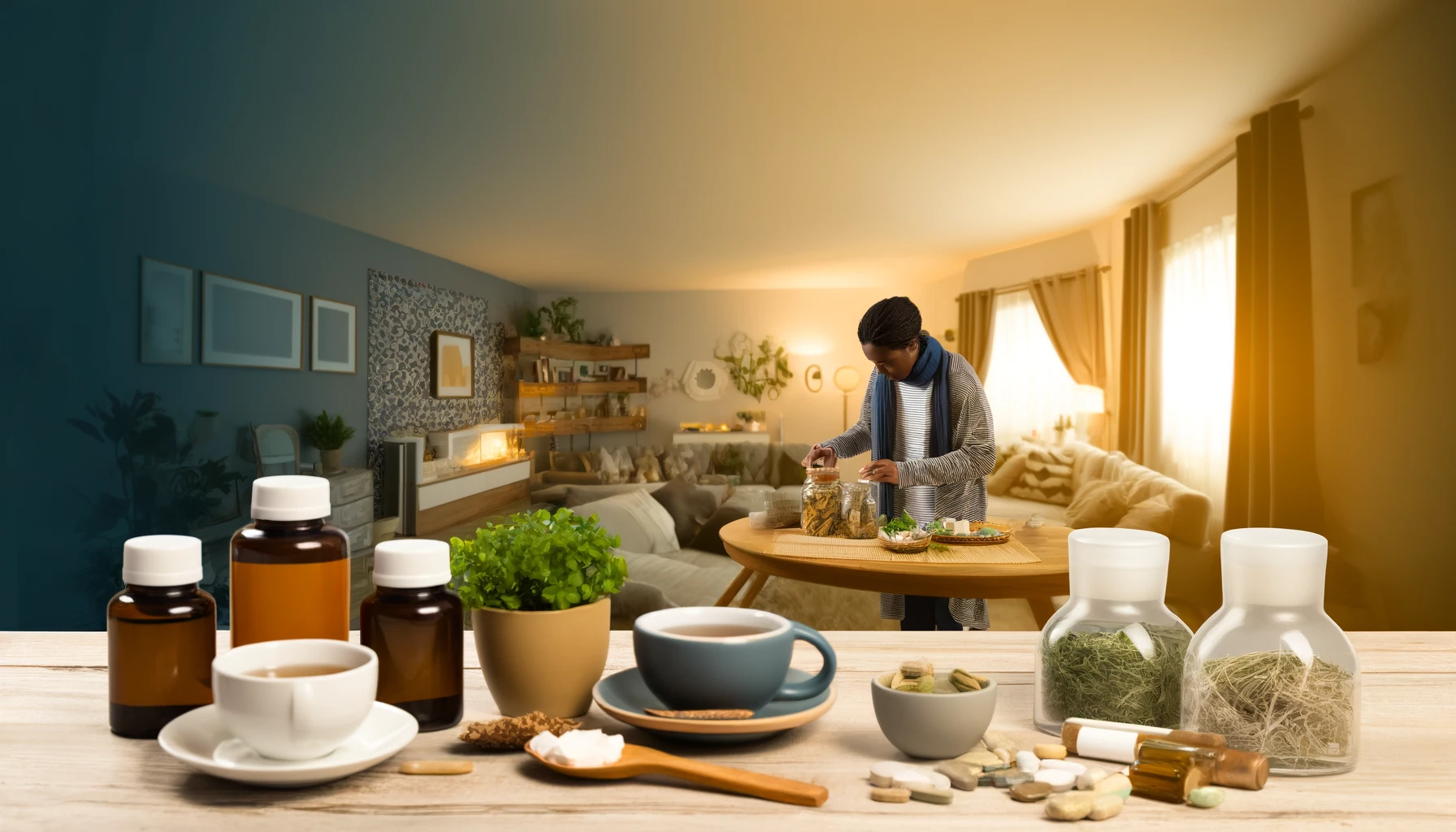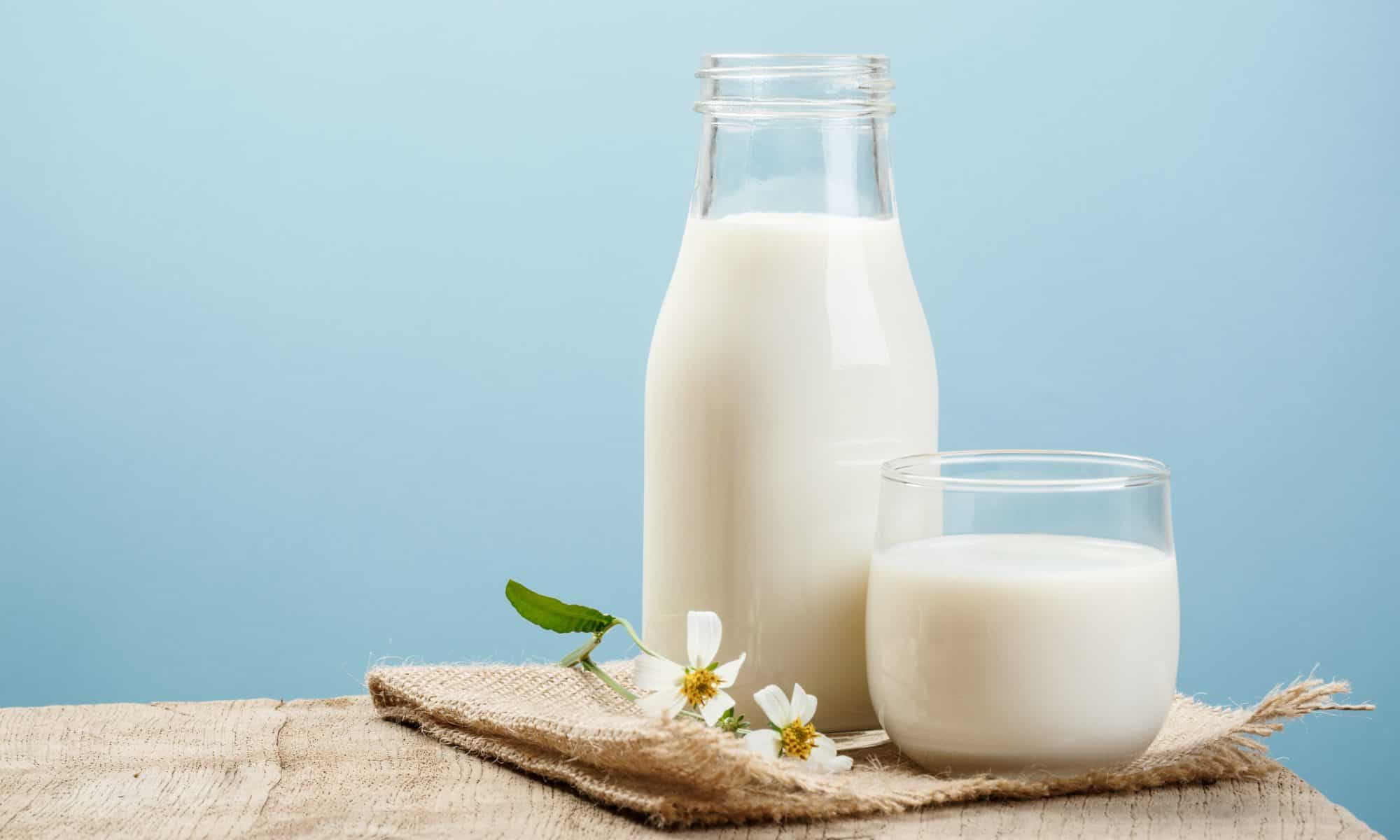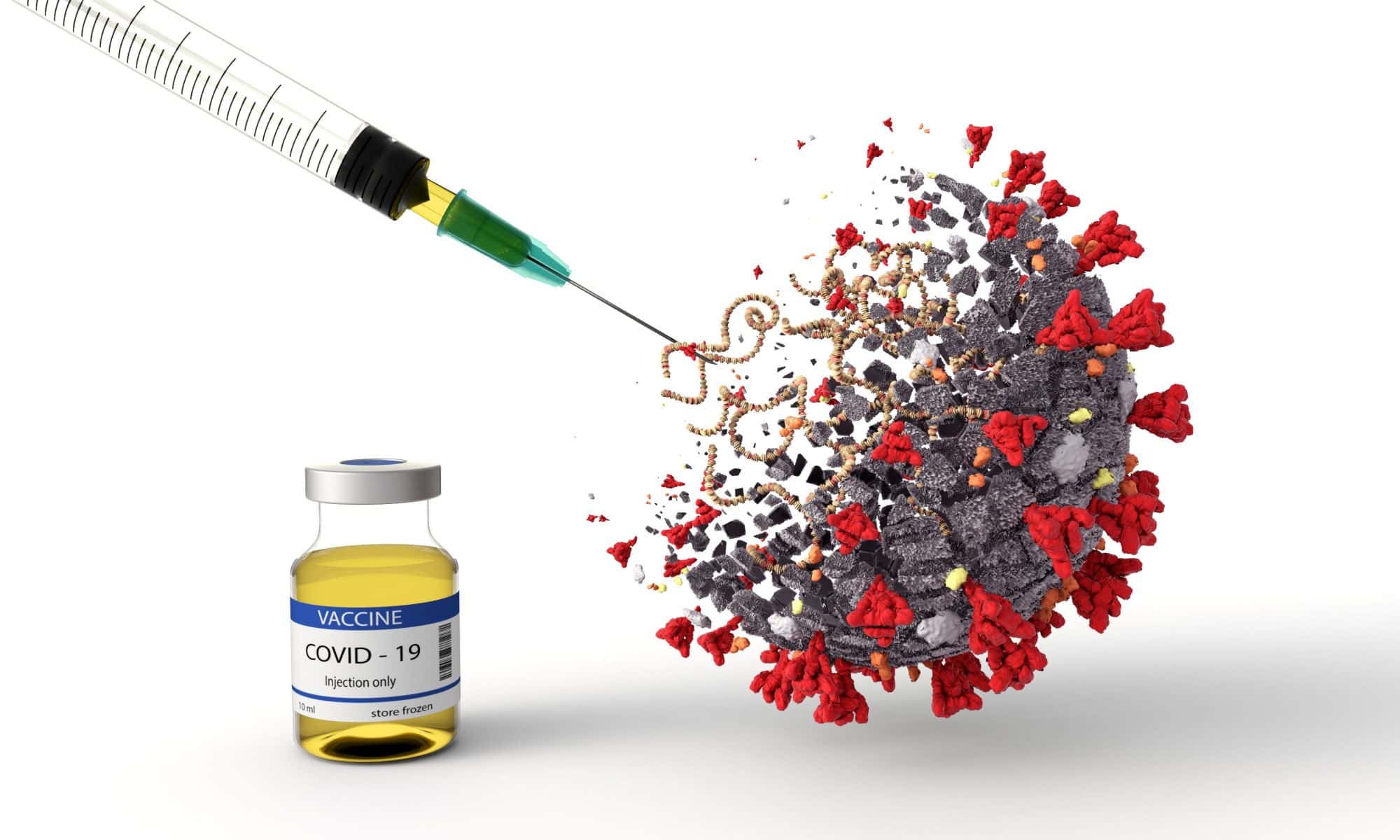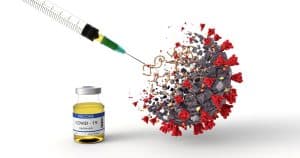
Can Lactoferrin Cure COVID-19?
As the pandemic has swept our world the last two years, one question has been at the front of everyone’s minds: how do we cure COVID-19? Oftentimes, doctors have only been able to provide supportive care, a reality that has left many people inside and outside the medical community looking for better options. During all of this searching, you may have heard the term “lactoferrin” come up.
Lactoferrin is a milk protein found in both breastmilk and cow’s milk. Read on to learn more about this substance and the potential benefits it could provide.
What Is Lactoferrin?
Lactoferrin is a natural protein material found in human breastmilk and bodily fluids, as well as in milk from a number of other animals. In particular, lactoferrin is found in very high levels in colostrum, the first breastmilk produced after a baby is born. This protein serves a number of roles in the body, especially for newborns.
In general, lactoferrin helps to regulate how much iron the intestine absorbs during digestion. It may also help to prevent infections from a variety of sources, including bacteria, fungi, and viruses. Doctors believe that lactoferrin may help to protect newborns who have been breastfed against infections.
Use During Pregnancy
Lactoferrin has a number of medical uses for adults and newborns alike. Many pregnant people develop anemia, a condition in which a person doesn’t have enough red blood cells. This can be the result of low iron and can cause weakness, fatigue, dizziness, and lightheadedness.
Because lactoferrin helps the body to absorb more iron, some people choose to take it during their pregnancies. Some studies have shown that this is about as effective as taking an oral iron supplement or getting an injection from your doctor. However, as with any supplements, always talk to your doctor before you start taking lactoferrin, especially if you’re pregnant.
Treating Sepsis
Lactoferrin’s ability to fight infection makes it a promising option for treating sepsis, especially in newborns. sepsis is a condition in which an infection sets off a chain reaction of inflammation throughout the body. This can damage multiple organ systems and may even result in death, especially in young babies.
Lactoferrin can help to fight infections due to bacteria, viruses, and even fungi. Because it’s a natural substance, it can be relatively safe to give newborns, as long as it’s administered in the right doses. Giving lactoferrin to premature babies might help to prevent serious blood infections, but it does not seem to prevent death among these babies.
Managing Acne
On a much lighter note, some people found that taking lactoferrin helped to improve their acne. Oftentimes, acne is the result of small infections in the skin, although there can be a number of factors that contribute to these breakouts. Lactoferrin’s antibacterial properties make it a reasonable treatment option for acne.
Studies on this use of lactoferrin are limited, and more research is needed. But one 2010 study showed that patients who took lactoferrin had fewer acne lesions than people who took a placebo. If you’re struggling with acne, talk to your doctor about if lactoferrin can be a good part of your treatment plan.
Preventing Osteoporosis
Osteoporosis is a serious condition impacting more than 44 million Americans and more than half of those over the age of 50. Osteoporosis causes your bones to weaken and become brittle as calcium levels decrease over time. It can cause even minor falls to be serious threats, as your risk of broken bones goes up significantly.
Because lactoferrin is a milk protein, scientists are hopeful that it could be effective in preventing osteoporosis. Studies on this potential benefit are still in the early stages, and there are no definite answers yet. But the results are promising, and we can hope to see more positive results in the coming years.
Possible Side Effects
As with any medication or supplement, taking lactoferrin can have some side effects, especially depending on the dose you take. In general, the amount of lactoferrin found in food is considered safe. However, if you’re taking lactoferrin as a supplement, overdosing can lead to some unpleasant side effects.
Taking too high a dose of lactoferrin can cause fatigue and constipation, as well as a loss of appetite. Some patients report developing a skin rash, and others experience chills. If you experience any of these symptoms, stop taking lactoferrin immediately, and call your doctor.
Can Lactoferrin Treat COVID?
So now we get to the big question on everyone’s minds: can lactoferrin treat COVID-19? COVID is an infection caused by a virus, and we know lactoferrin can help to fight viral infections. So it would make sense that lactoferrin could be an important part of treating this terrifying disease, right?
There have been some preliminary studies that have showed promising results for lactoferrin. Doctors know that lactoferrin can fight some coronaviruses in test tube studies, but they don’t know how effective it is in the human body. We need to do more research before we’ll know how effective this really is as a treatment option for COVID-19.
Talk to Your Doctor
If you’ve been diagnosed with COVID-19 or you think you may have it, do not try to treat it at home on your own. Your first step should be to test for the virus, either with an at-home test or at a local testing site. If your test is positive, you and anyone you’ve been in contact with during the last two weeks should immediately quarantine.
Talk to your doctor about the best option for managing COVID-19 symptoms as long as you’re well enough to stay home. Ask if lactoferrin is a good treatment option and if you should take it as a potential preventative measure. And if your condition gets serious, go to the hospital immediately, as you may need more intensive support.
At this time, the single most effective way to prevent COVID-19 is to get vaccinated. Vaccines are safe, free, and effective, and they protect both you and everyone around you. You should also wear a mask in all public areas and limit your exposure to the virus as much as possible.
How to Use Lactoferrin
In general, you should not plan to take lactoferrin (except for what you get through food) for more than twelve weeks in a row. Most adults take doses between 100 and 400 mg by mouth every day. You can also find some topical products that contain lactoferrin.
You can also find lactoferrin in a number of different foods, beginning with animal milk. In particular, cow’s milk has a relatively high level of lactoferrin. If you’re lactose intolerant or vegan, you might be able to find lactoferrin supplements that are made with rice protein instead of animal protein.
Learn More About Lactoferrin
Lactoferrin is a natural milk protein found in breastmilk and cow’s milk that can help to fight all manner of infections. Although it shows some potential for managing COVID-19, there is not enough evidence yet to make it an effective treatment protocol. As always, talk to your doctor before beginning any new supplement or treatment regimen.
If you’d like to learn more about lactoferrin, check out the rest of my site at PaulWagner.com. I am here to help you awaken and bravely create an inspired life. Learn more about my services today and start changing your life in the most positive way.
REMEMBER!
You are a beautiful Living Being filled with light and love, born from stardust. You are unlimited potential in every direction. With a focus on discipline, virtue, and your own goodness, you can become as expanded and liberated as you desire.

